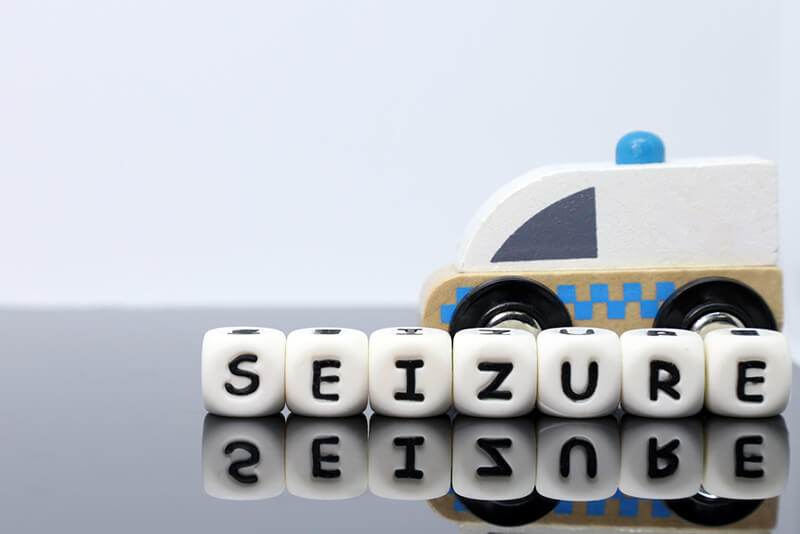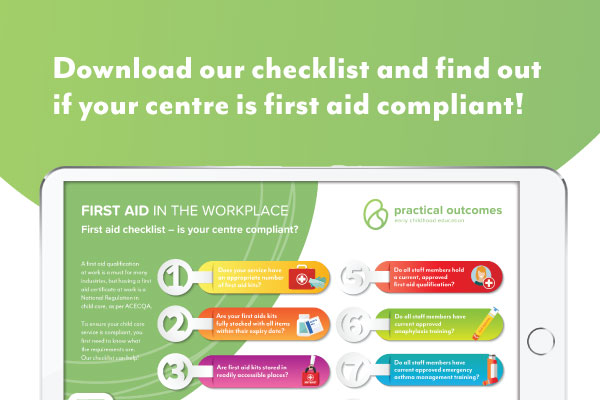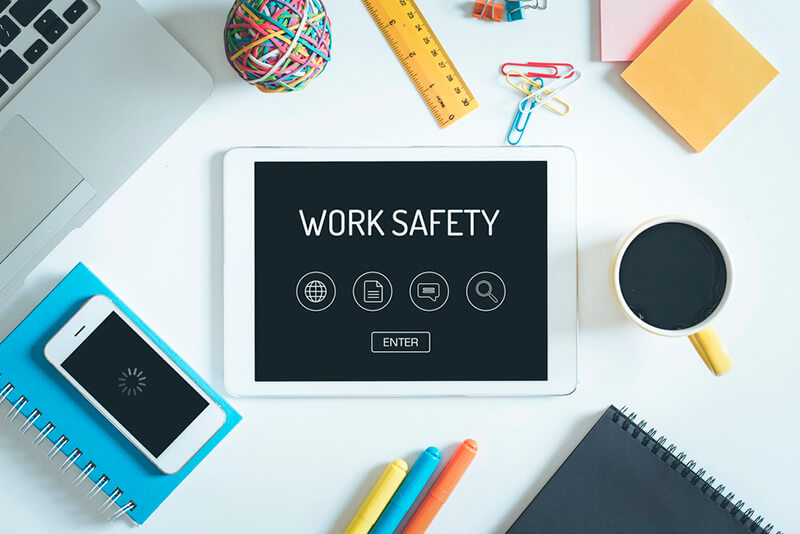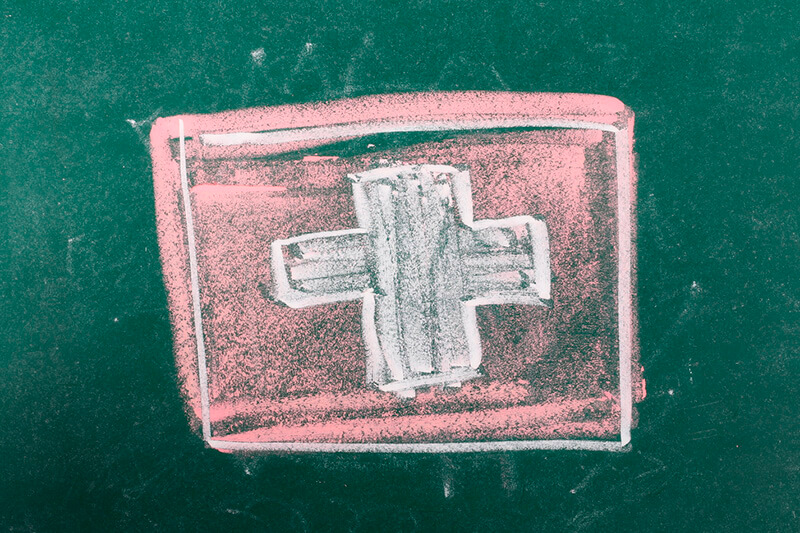Whether you’re caring for children or adults, witnessing someone having a seizure can be a frightening experience – especially if you’ve never seen one before. Do you want to know more how to provide seizure first aid in an emergency?
Our child care courses prepare students to work in a range of scenarios with young people of all backgrounds and learning capabilities. Being aware of the health of the children in your classroom is another essential component of working in child care and it always pays to be prepared for a range of circumstances, including seizures.

According to the Epilepsy Foundation a seizure is caused by a sudden surge of electrical activity in the brain, which is sparked by chemical changes in nerve cells.
This can cause a range of symptoms including fainting, muscle contractions and spasms, involuntary movement, loss of vision, pins and needles and memory lapse, along with a general feeling of panic and unease.
Seizures are not a disease but are a symptom of various disorders that impact the brain. Whatever the underlying cause, there are a number of things you can do when someone is having a seizure to help prevent them from injuring themselves and/or others.
Seizure first aid
Seizures range from mild to severe, in any case always try to follow these steps if you witness someone affected:
- Protect the person from injury by stopping them from falling, or gently guiding them to the floor.
- Clear the space around the impacted person, including furniture or other objects that might collide with the person during their seizures.
- If you can get the person having a seizure onto the ground, position them on his or her side so that fluid can leak out of the mouth. Do not force anything, including your fingers, into the person’s mouth or try to hold them down as this can cause injury.
When to seek emergency assistance?
- If the person having a seizure is pregnant
- If the person stops breathing for longer than 30 seconds
- When the seizure lasts longer than five minutes
- If they have already had a seizure within 24 hours
- If, after the seizure, the person develops new symptoms such as a fever or difficulty walking, speaking, or thinking clearly
- If the person injures themselves during the seizure (cuts, dislocated joints etc)
Seizures are a fact of life for many people, young and old.
What else you need to know about first aid?



